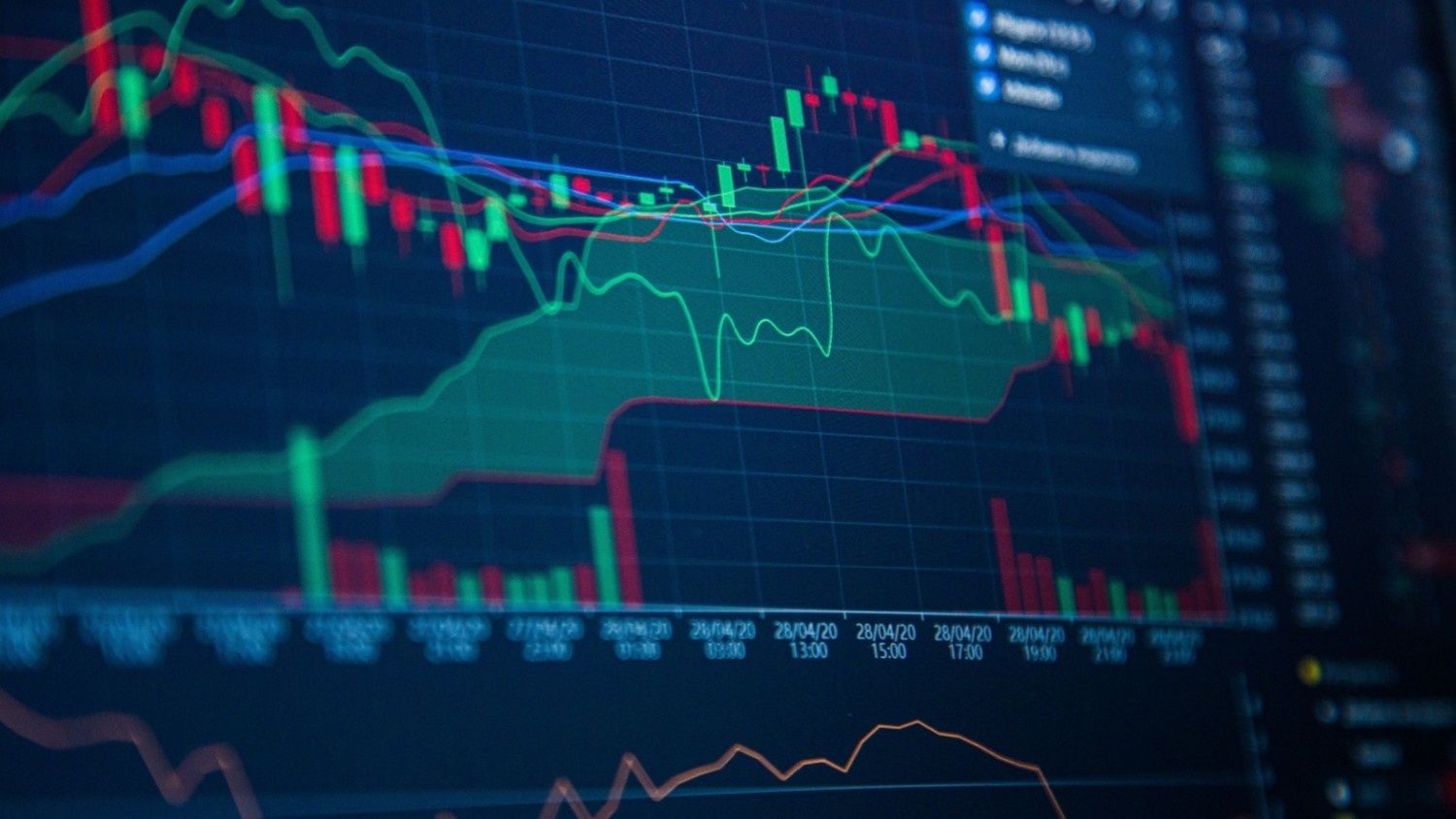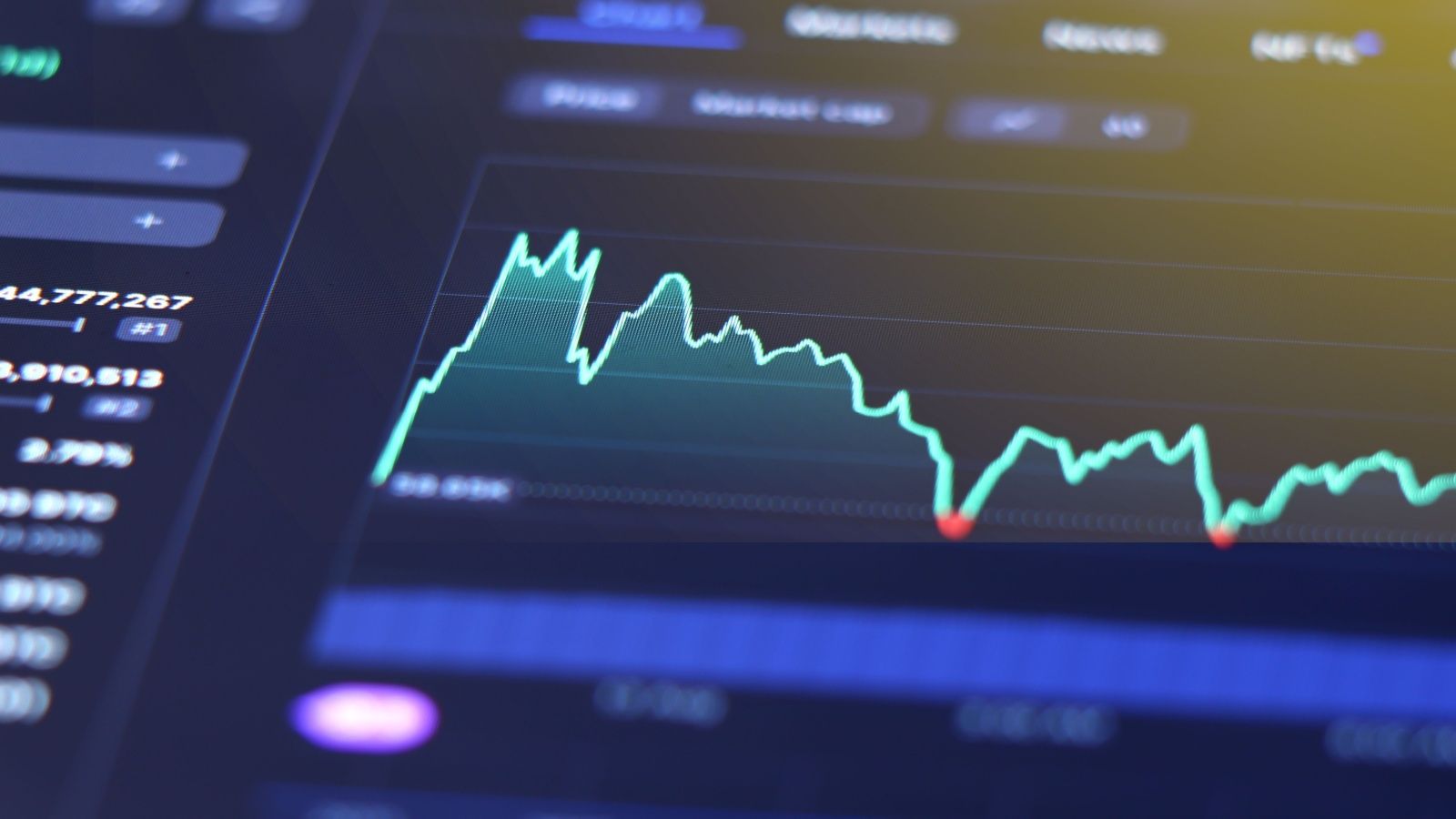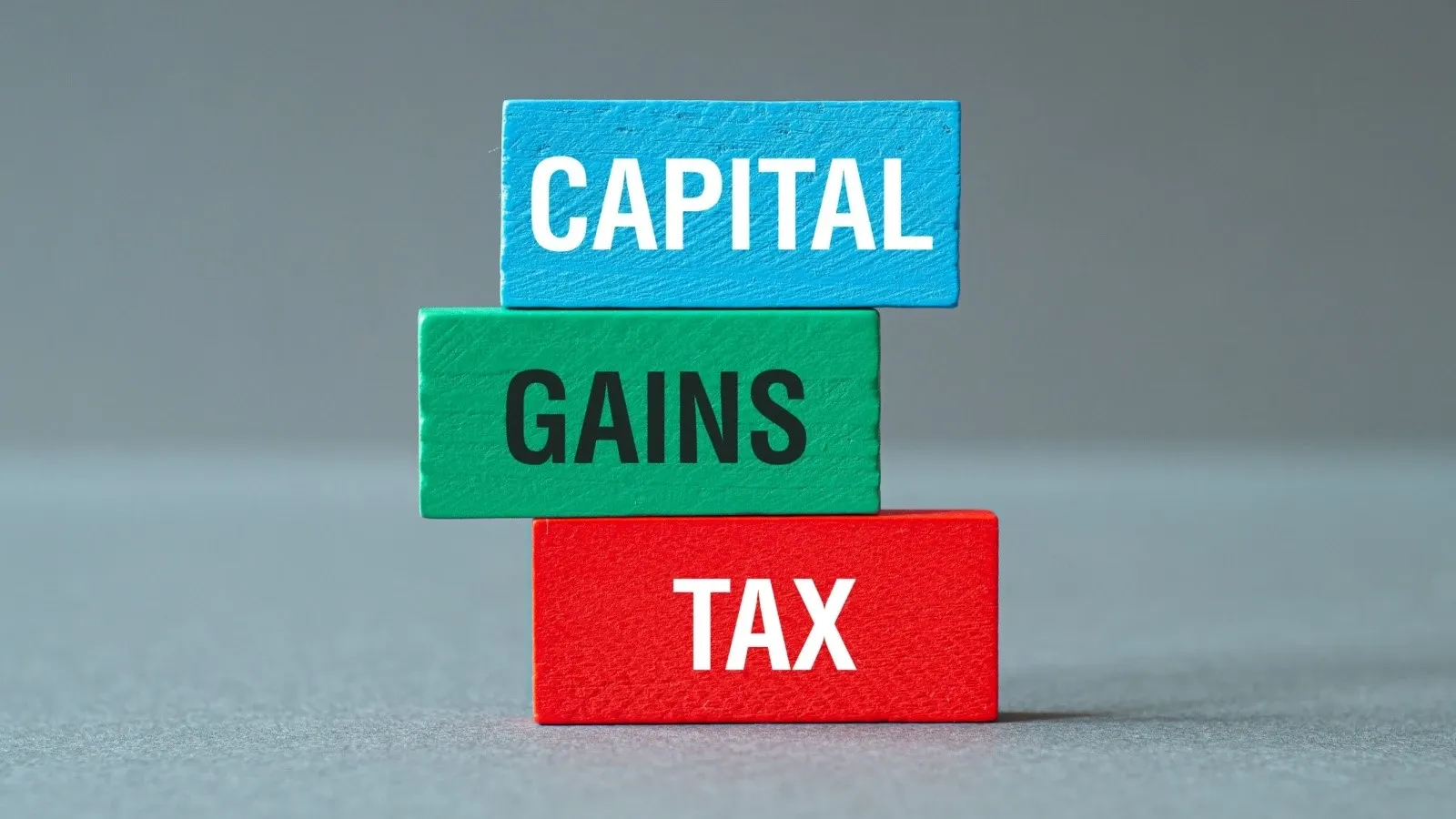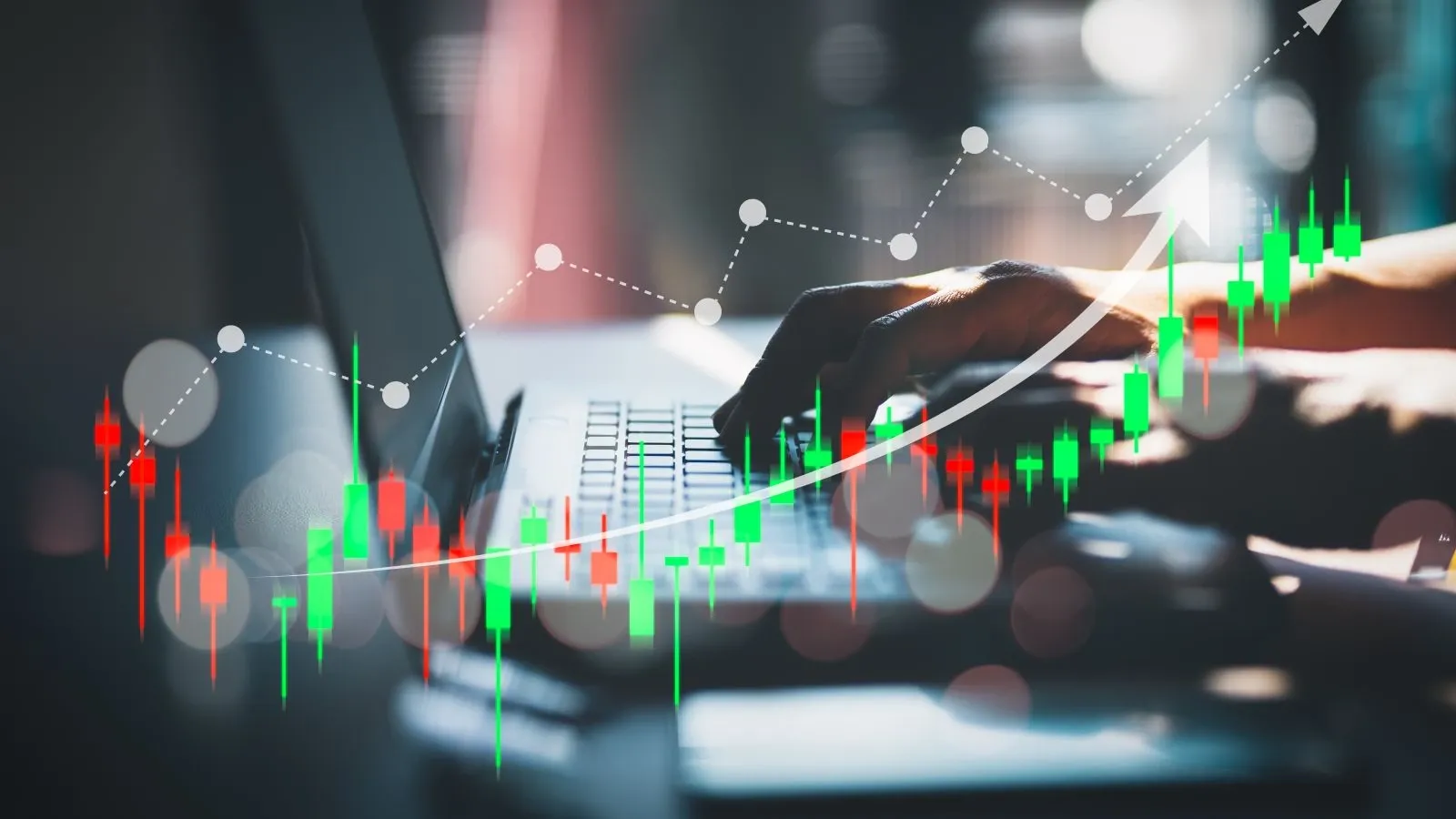Non-Performing Assets: All You Need to Know
Written by Upstox Desk
Published on October 01, 2025 | 6 min read

What are Non-Performing Assets?
Non-performing assets are financial assets that are not generating income for the lender or borrower, typically due to delinquency or default on a loan. They are also referred to as "distressed assets" or "troubled assets". Non-performing assets can include loans, bonds, and other financial instruments, such as mortgages, commercial loans, and credit card debt.
The term is most commonly used in the banking and finance industries but can also refer to other investments, such as real estate. The presence of non-performing assets on a lender's balance sheet can have a negative impact on their overall financial health and ability to meet regulatory requirements.
Non-Performing Assets- Meaning
Non-performing assets are defined by the Reserve Bank of India (RBI) as any advance or loan overdue for more than 90 days. According to an RBI circular from 2007, “An asset becomes non-performing when it ceases to generate income for the bank.”
Non-performing assets are primarily listed on the bank's balance sheet. After a period of non-payment, the lender tends to force the borrower via the court to liquidate any assets the borrower pledged in the debt agreement. In case there are no such assets, the lender writes off the asset as a bad debt and goes on to sell it at a discounted rate to a collection agency in the long run.
Non-Performing Assets- Examples
Here are some famous exemplary cases pertaining to non-performing assets-
- Kingfisher Airlines (KFA) Ltd. Case - The KFA Case is a valuable lesson for all involved, from the government to the legal system to the banking system. This saga dates back to 2005 when Vijay Mallya (owner of KFA) elevated KFA to the position of the second-largest airline in India, dominating the domestic travel market with a 25% share. An ambitious Mallya sought to further expand KFA's reach by acquiring international airlines. So, in 2007, they purchased the struggling Air Deccan and rebranded it as Kingfisher Red. However, both airlines soon started to bear losses. 17 banks, primarily PSUs and some private banks such as ICICI and HDFC, provided KFA with loans to the tune of ₹6,900 crores. By 2010, KFA had become a non-performing asset for banks.
- Firestar International Pvt Ltd. Case - Another prime example would be the Nirav Modi-owned Firestar International (a leading global diamond trading company). It colluded with PNB officials to obtain fake letters of undertaking (LOUs). These LOUs facilitated loans from other banks, namely, Allahabad Bank, Axis Bank, and SBI. These loans turned bad when Nirav Modi and his companies defaulted on them. Thus, these loans (amounting to ₹12,700 crores) turned into non-performing assets.
Types of Non-Performing Assets
1. Standard Assets
Standard assets are non-performing assets that have been due for anywhere from 90 days to 12 months. Among non-performing assets, they are considered to be of normal risk levels.
2. Sub-Standard Assets
The non-performing assets that are due past more than twelve months are known as sub-standard assets. In comparison to standard assets, they pose significantly higher risk levels. Banks and financial institutions are more sceptical of borrowers with sub-standards of non-performing assets and thus assign them with a haircut (market value reduction).
3. Doubtful Debts
Non-performing assets that are due for a minimum of 18 months period are termed doubtful debts. Lenders have grave doubts about the intention and ability of such borrowers to repay their debts.
4. Loss Assets
Loss assets are non-performing assets with such extended periods that lenders have given up hope that they would be able to recover their money. They are forced to write it off as a loss on their balance sheets.
Factors That Can Lead To Non-performing Assets
Given below are some instances that may lead to non-performing assets in the long run:
- When banks lend to individuals/businesses with poor credit ratings or without proper investigation;
- When lenders don't promptly follow up on pending payments with borrowers;
- Corruption in financial institutions (lenders) in nexus with borrowers (generally businesses);
- Political pressure on banks (especially PSUs) to lend to struggling sectors/industries;
- Inefficient collection competencies and recovery efforts by banks.
Preventive Measures Against Non-Performing Assets
- Lenders should rigorously scan the credit ratings (from Credit Information Bureau India Limited) of individuals/businesses at the time of evaluating the loan application.
- Lenders should proactively send reminders to borrowers urging them to make the due payments.
- Lenders should offer payment plans and settlements to borrowers to facilitate regularizing their loan accounts.
- Apart from regular courts, lenders may utilize alternative dispute resolution methods for quick due settlements like Lok Adalats and Debt Recovery Tribunals.
- Lenders should be strict against large non-performing assets.
- Lenders may employ the services of professional asset reconstruction companies to manage their non-performing assets better.
- Lenders should circulate the details of defaulters so that others hesitate to lend to these defaulters again.
- Lenders should implement insolvency and bankruptcy policies to aid distressed borrowers.
- Borrowers can use corporate debt restructuring.
- Lenders should be vigilant that borrowers (especially corporates) should not divert their funds (loans) to other subsidiaries or startups.
Frequently Asked Questions
What are non-performing assets?
A non-performing asset is defined as a loan on which payment (both interest and principal) is due for a minimum of 90 days.
What is an example of a non-performing asset?
For example- A company borrows a loan of ₹1 crore with an interest of ₹50,000 per month. Afterward, it cannot make any payment for three months consecutively (90 days).
What happens to non-performing assets?
For non-performing assets, there are two possible scenarios:
a) In case assets are pledged as part of the loan arrangement, and there is a prolonged non-payment period, the lender may enforce the borrower (via courts) to liquidate the pledged assets.
b) In case there are no assets on the table, then the lender may be forced to write off the loan as bad debt after a prolonged period of non-payment. Furthermore, the lender may pass on the account to a collection agency at a discounted price.
About Author
Upstox Desk
Upstox Desk
Team of expert writers dedicated to providing insightful and comprehensive coverage on stock markets, economic trends, commodities, business developments, and personal finance. With a passion for delivering valuable information, the team strives to keep readers informed about the latest trends and developments in the financial world.
Read more from UpstoxUpstox is a leading Indian financial services company that offers online trading and investment services in stocks, commodities, currencies, mutual funds, and more. Founded in 2009 and headquartered in Mumbai, Upstox is backed by prominent investors including Ratan Tata, Tiger Global, and Kalaari Capital. It operates under RKSV Securities and is registered with SEBI, NSE, BSE, and other regulatory bodies, ensuring secure and compliant trading experiences.

























